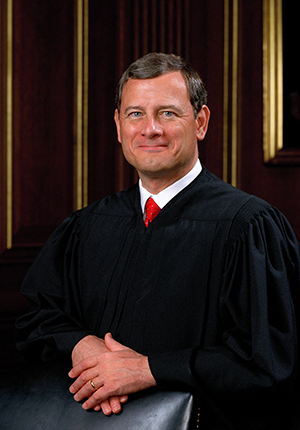Summary
This case involves the interaction of the religion clauses of the First Amendment—the Establishment Clause and the Free Exercise Clause. One key area of debate under the First Amendment’s Establishment Clause is over government funding of religious institutions. In this area, scholars have divided between two opposing interpretations of the Establishment Clause. One set of scholars argues that the government must be neutral between religious and non-religious institutions that provide education or other social services. The other set argues for a bright-line rule, arguing that no taxpayer funds should be given to religious institutions if they might be used to communicate religious doctrine. The Supreme Court itself has moved between these positions over time. Initially, the Court followed the first approach. Then, in the 1970s and 1980s, it shifted to the second one. And, finally, in more recent years, the Court has moved back to the first approach. This case represents a recent example of the first approach—calling for government neutrality. In addition, this case addresses a claim of religious discrimination under the First Amendment’s Free Exercise Clause. Montana started a scholarship program to assist parents with private school tuition and provided tax credits for donations. The state prohibited religious school students from receiving any of these scholarships. Parents challenged this restriction, arguing that the state was discriminating against religious schools and violating the First Amendment’s Free Exercise Clause. In a 5-4 decision, the Supreme Court ruled that discriminating against schools based on their religious status violates the First Amendment. The Court also concluded that using state scholarship funds to support students at religious schools did not violate the First Amendment’s Establishment Clause.






